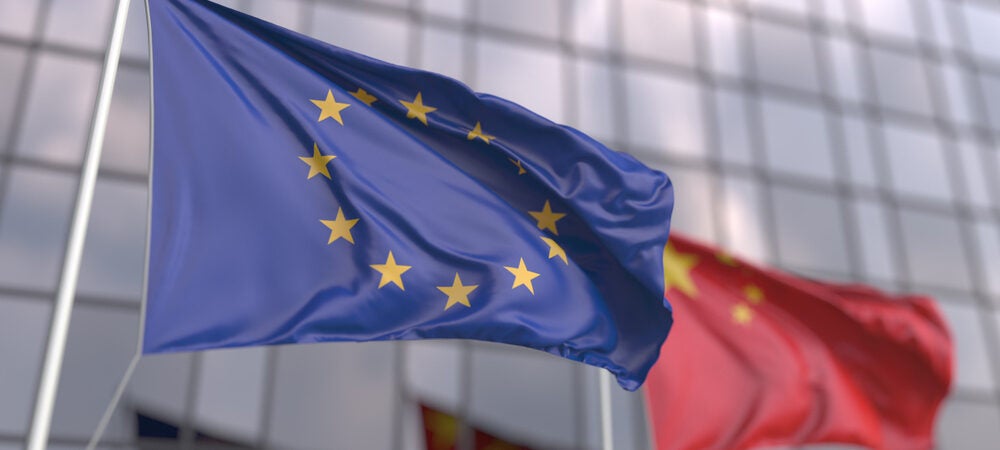Regaining Momentum
How to Restore Business Confidence
After abruptly abandoning its ‘zero-COVID’ approach in late 2022, China reopened its borders on 8th January 2023. This decision was a welcome surprise, as pandemic control measures were one of the main reasons European companies had had an extraordinarily difficult year in 2022, and the removal of the restrictions gave rise to a belief that a swift economic rebound would follow. International banks revised up their growth forecasts for China, and businesses were expecting a surge in new orders resulting from pent-up Chinese demand.
The political will in China also seemed to finally match businesses’ expectations for increased opening of the economy. At the 14th National People’s Congress, held in March 2023, China’s outgoing premier Li Keqiang delivered the government’s annual work report, reviewing the progress made on development plans from 2022, and setting out the key priorities for the coming year. The gross domestic product (GDP) target for 2023 was set at around five per cent, and Li’s presentation emphasised economic recovery and stability. The work report also outlined aims to encourage more foreign investment. The business community saw these as positive messages, as they suggested the Chinese Government would shift focus from ideological considerations—and an emphasis on self-reliance and national security concerns— to prioritising the economy and re-engagement with the world.
While economic indicators at the beginning of 2023 showed momentum was gathering, as the year progressed, China’s recovery began to wane, with many areas of the economy not performing as expected. A key factor in this was that the much-anticipated release of pent-up demand simply did not take place, resulting in an extended contraction of manufacturing activity, producer prices and industrial profits. While services fared somewhat better than manufacturing, growth in this sector showed signs of slowing after an initial strong rebound. On top of this, a host of serious challenges that China’s economy had already been facing—including mounting government debt and the unravelling of the real estate sector—are yet to be resolved. China’s demographic dividend is also fading, and urban youth unemployment broke historic records for several months in a row in 2023, adding more pressure to the country’s recovery. Official statistics, published until July 2023, suggested that one in five people between the ages of 16 and 24 were out of a job in China’s big cities. This data also highlighted the need for targeted policies in order for domestic consumption to live up to its potential as a key driver for the Chinese economy. Rebuilding consumer confidence will also require measures that can improve the outlook for the real estate sector, in which over 70 per cent of Chinese household wealth is tied up.
Some momentum for China’s economic recovery could be regained by providing policy support for the demand rather than the supply side. This is particularly important given that supply-side policies have been a contributor to the significant trade imbalances China has accumulated with both the European Union (EU) and the United States (US). There is a danger that, if not addressed, this may lead to reactions by overseas governments – the growing trade imbalance and the lack of reciprocal market access are often cited by European politicians as key grievances and reasons for dissatisfaction with the relationship with China.
European Business in China Position Paper 2023/2024, Executive Summary:
European Business in China Position Paper 2023/2024, Full Paper:
Full European_Business_in_China_2023_2024_Position_Paper
